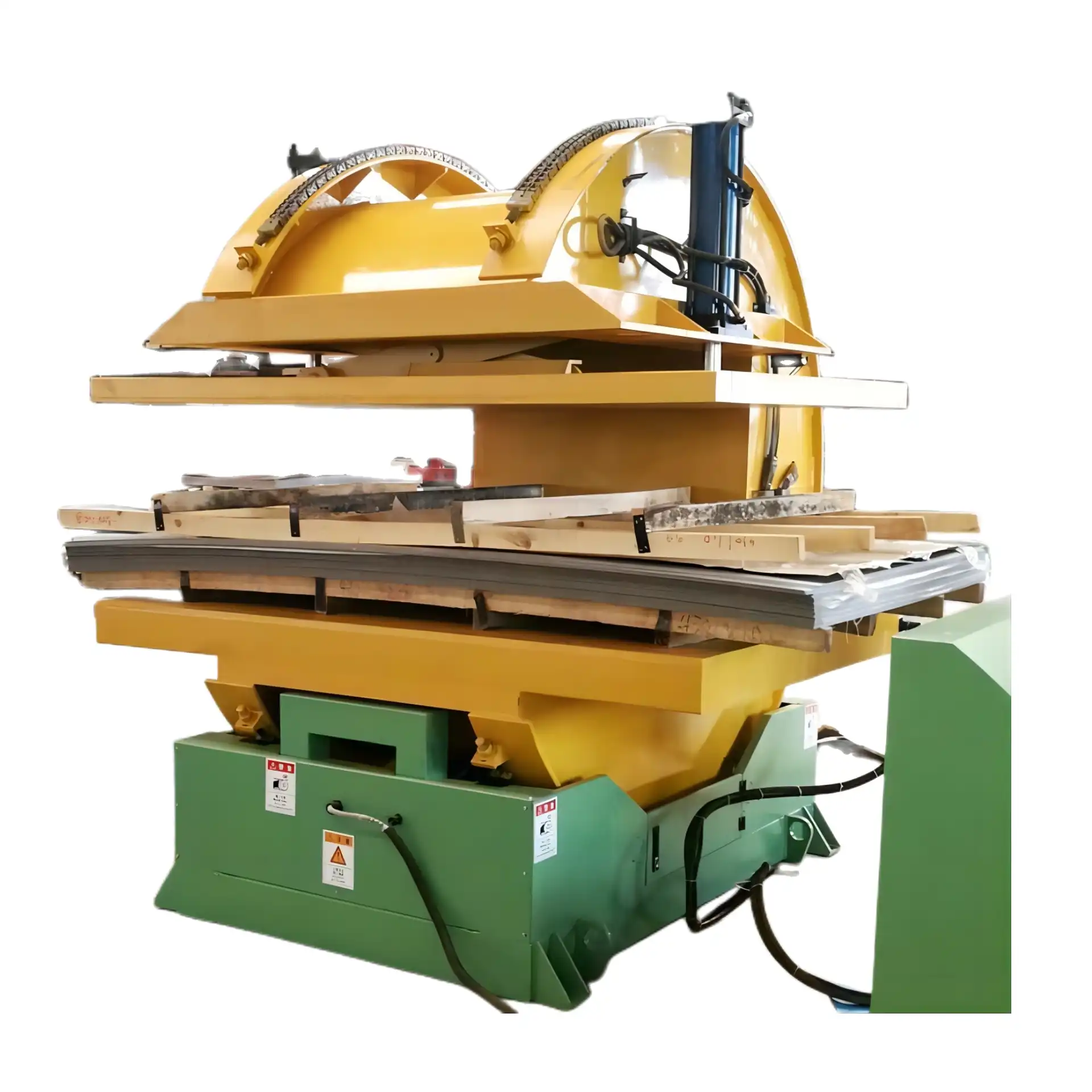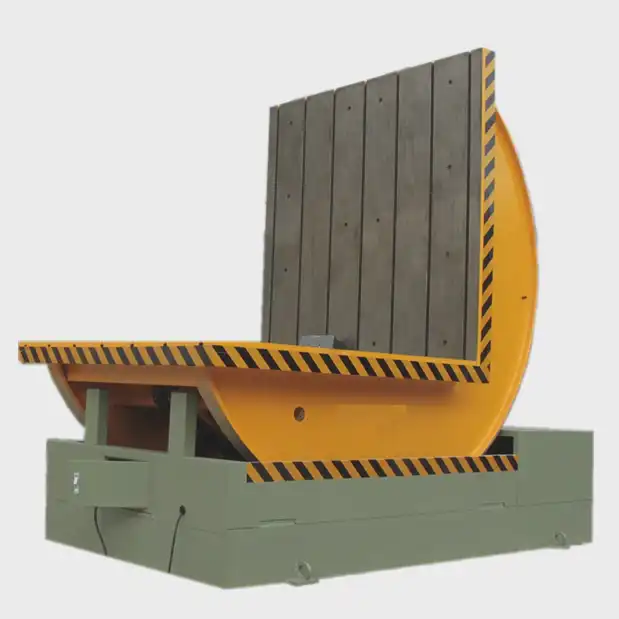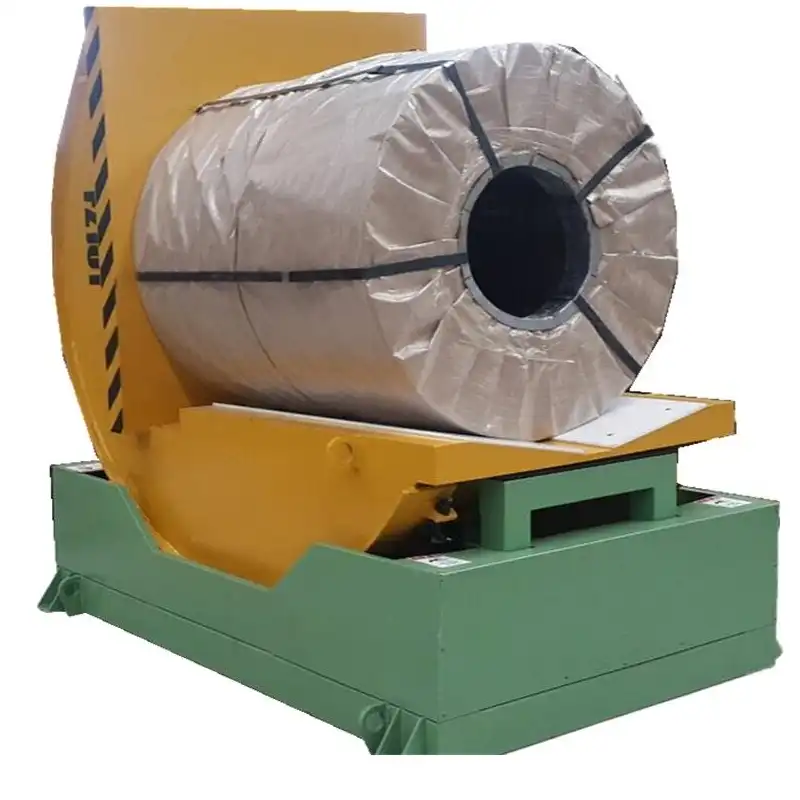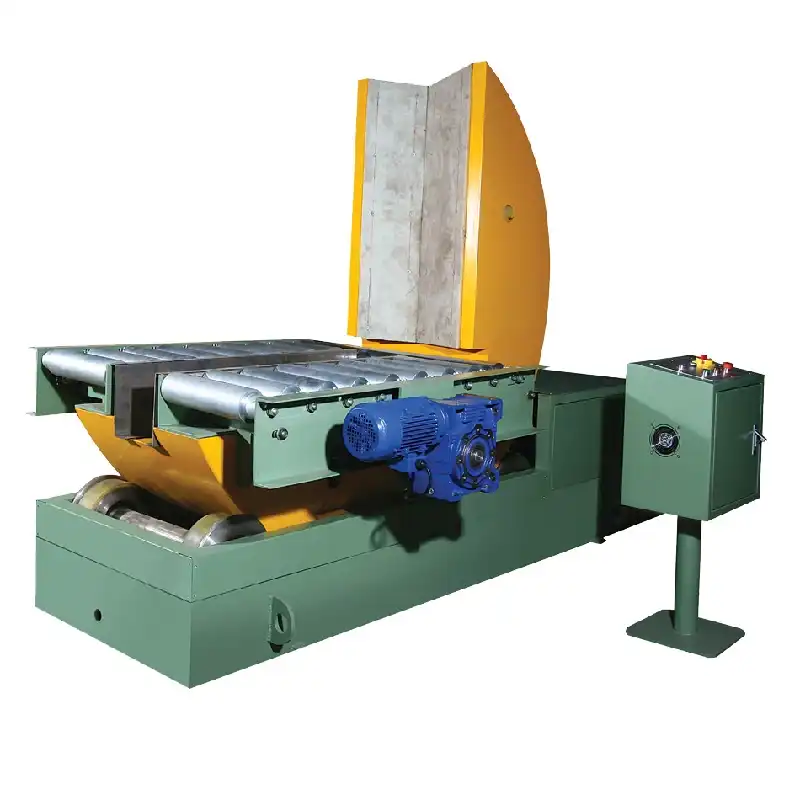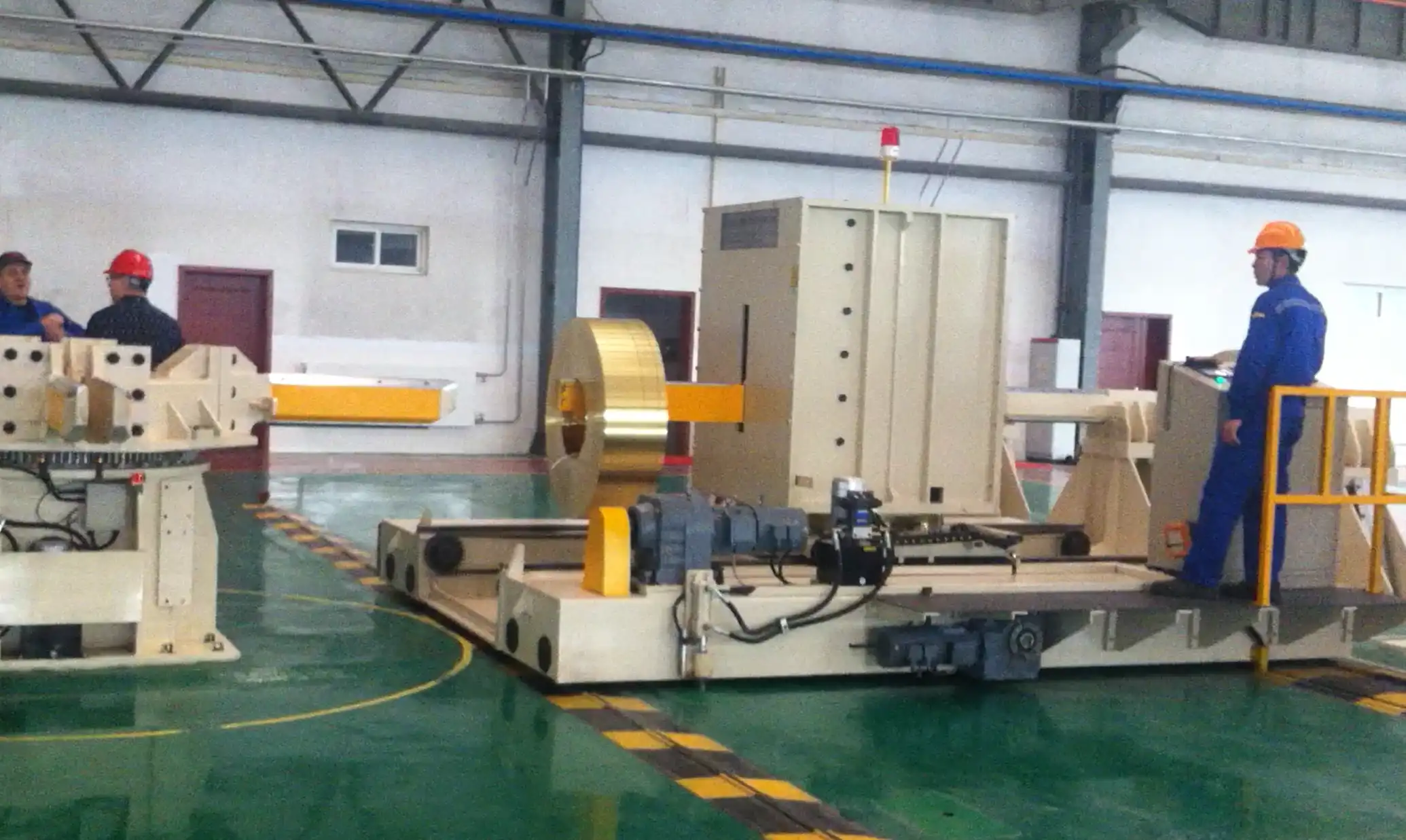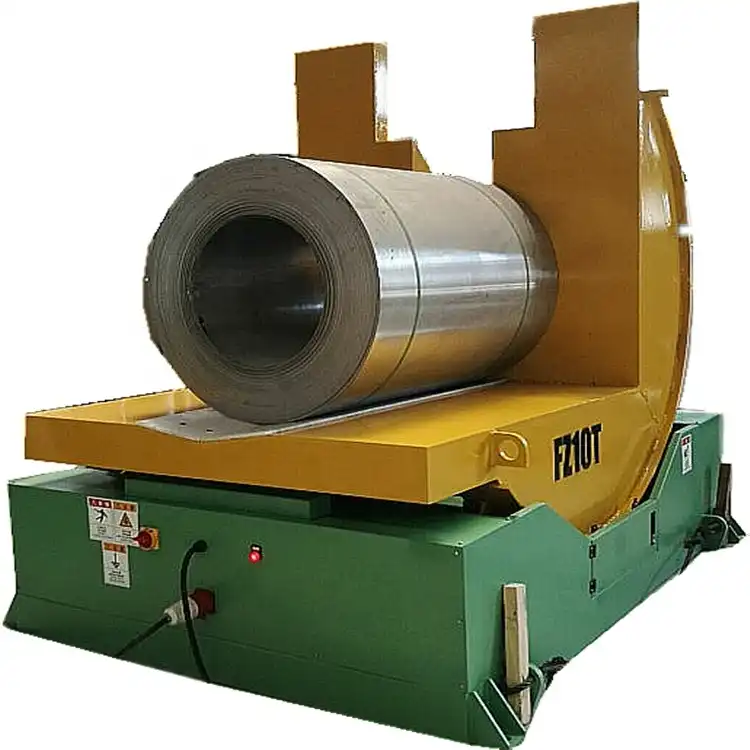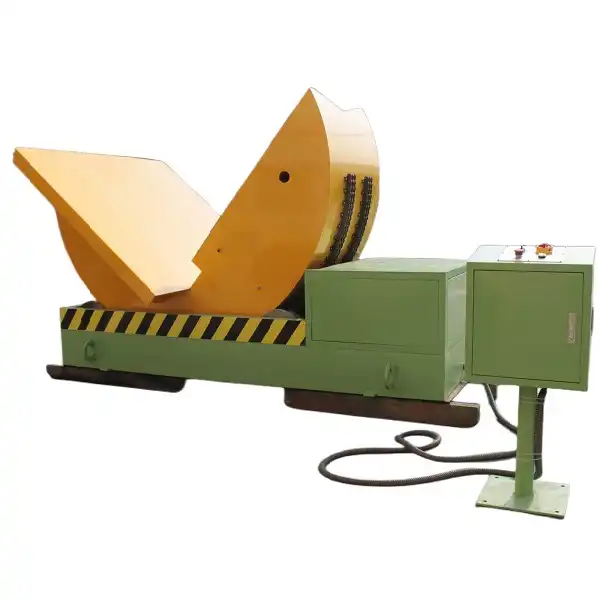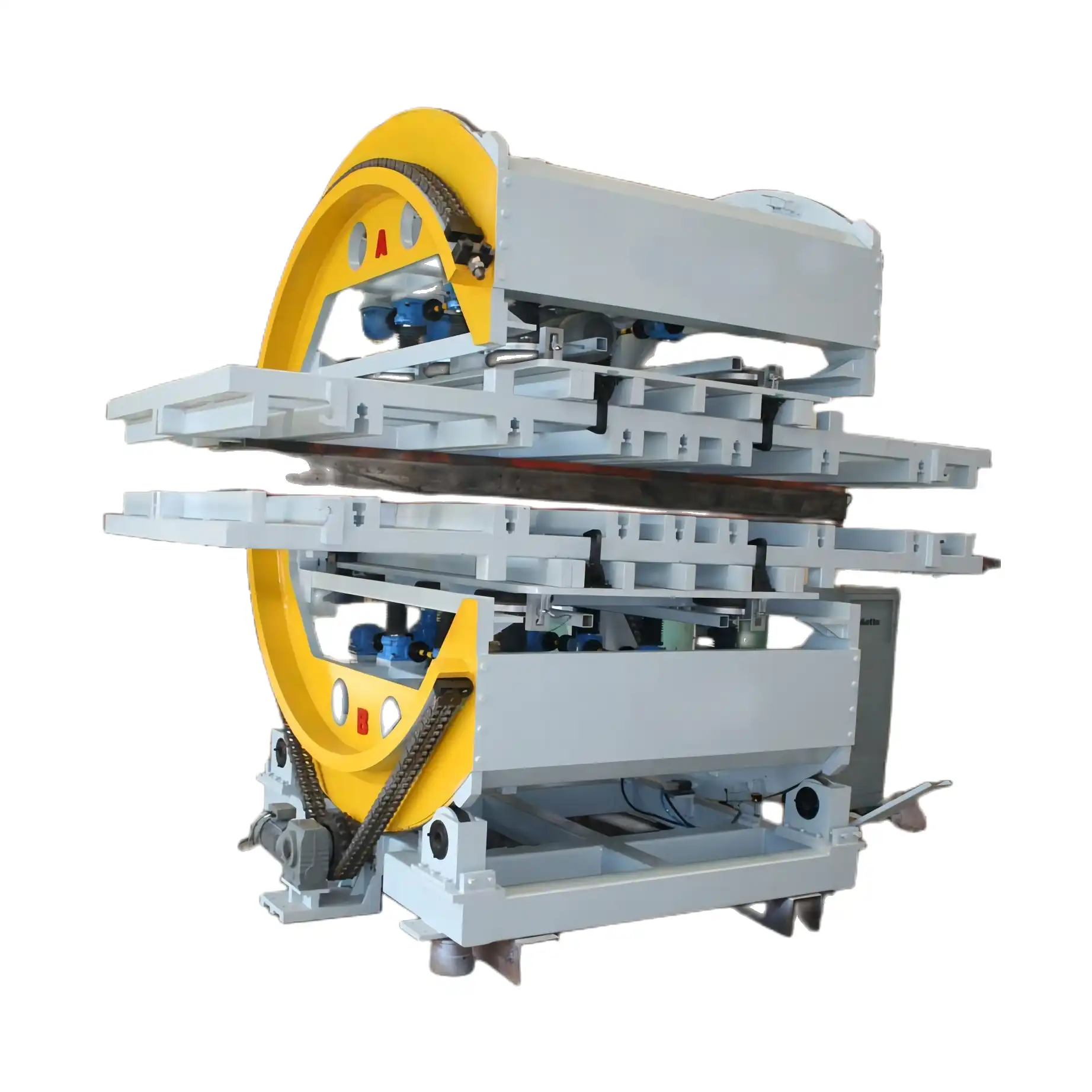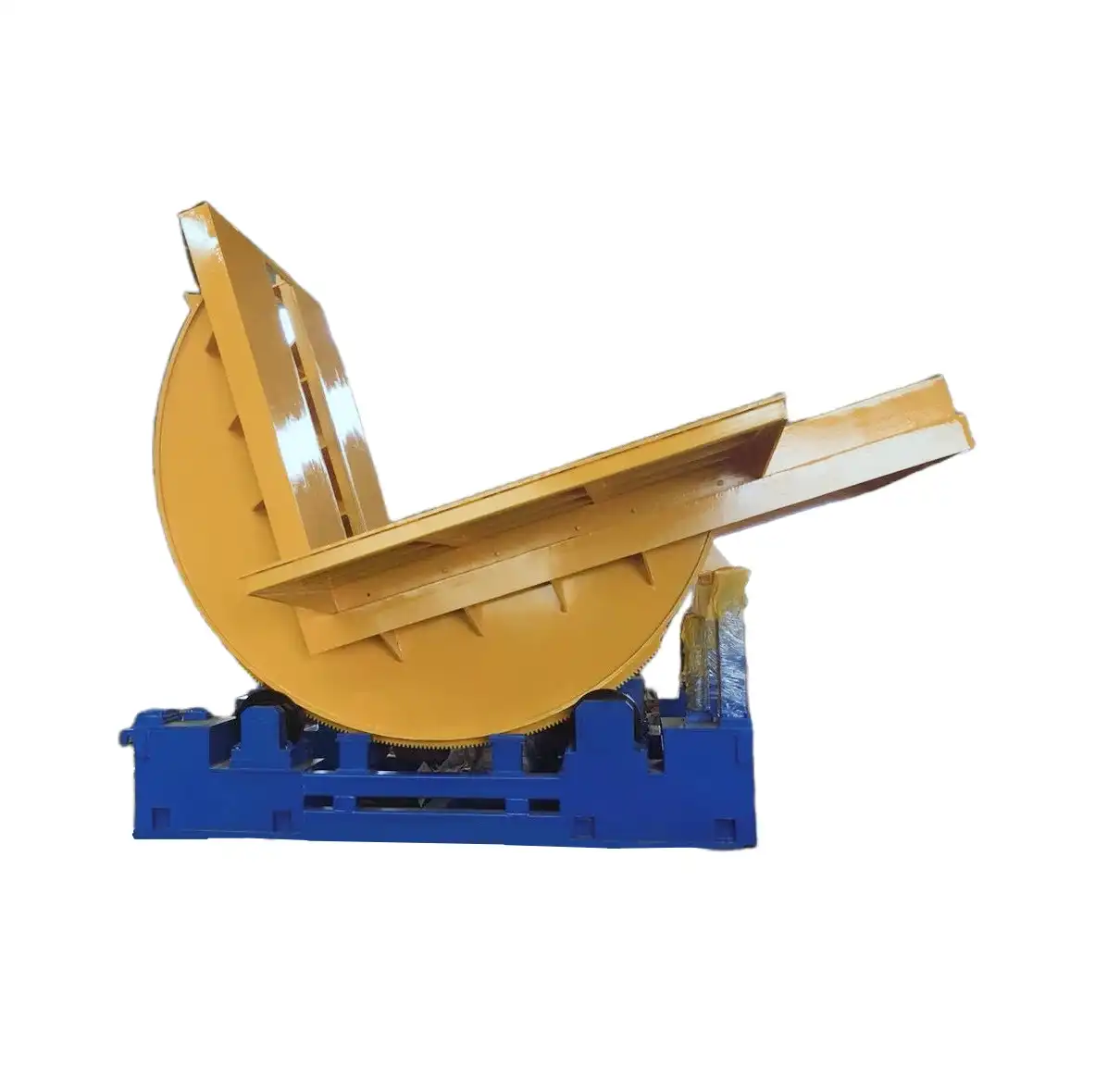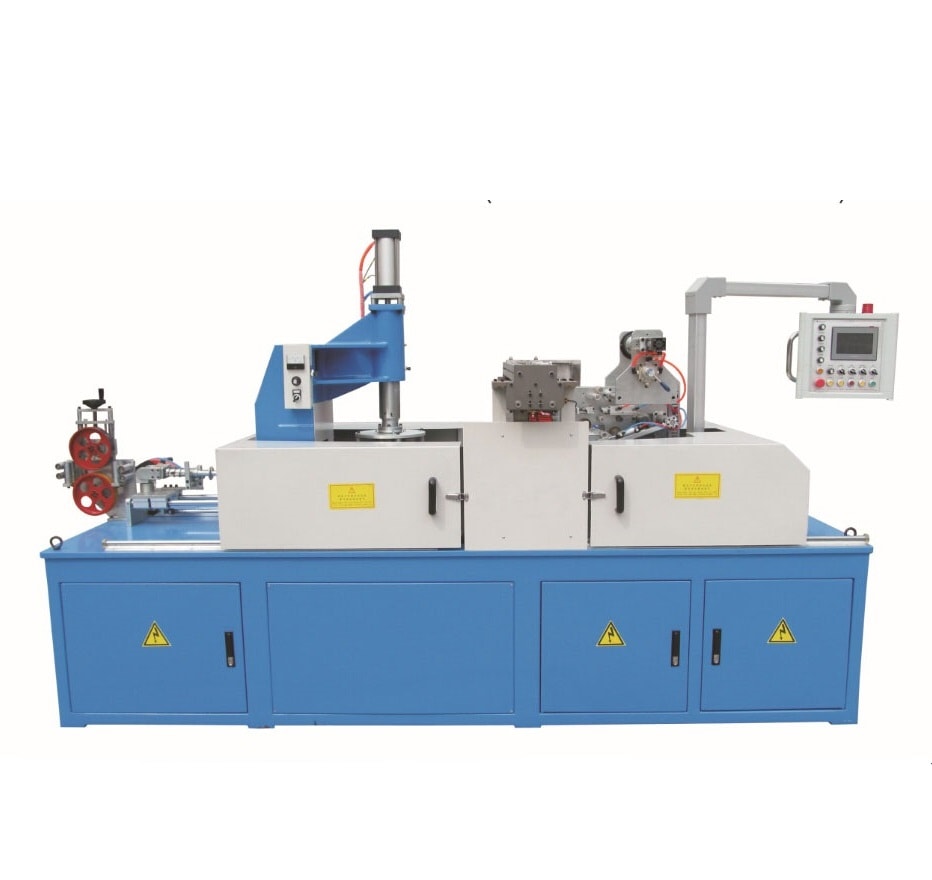Evaluating Solar Panel Upenders for Use in Solar Manufacturing Facilities
The solar energy industry is booming, with solar panel manufacturing facilities operating at an increasing pace to meet global energy demands. With this growth comes the need for efficient, safe, and streamlined manufacturing processes, particularly in handling heavy or delicate components like solar panels. One key piece of equipment that has become essential in these facilities is the solar panel upender. These machines are designed to rotate or flip solar panels efficiently, minimizing manual labor and reducing the risk of damage during the production process.
In this article, we will explore the role of solar panel upenders in solar manufacturing, evaluate their benefits, and examine the key factors to consider when selecting the right upender for your facility. By understanding the importance of efficiency, load capacity, safety features, and customization options, manufacturers can make informed decisions that improve their production lines and overall output.
1. The Role of Solar Panel Upenders in Manufacturing
As the demand for solar energy grows, manufacturers are faced with the challenge of producing solar panels at scale while maintaining quality and minimizing waste. Solar panels are often large, heavy, and delicate, requiring careful handling during the manufacturing process. This is where solar panel upenders come into play.
Solar panel upenders are designed to rotate or flip panels with precision, allowing them to be moved into different orientations during the production process without risking damage. Whether panels need to be flipped for testing, inspection, or assembly, the upender ensures that the task is done efficiently and safely. This helps reduce the need for manual labor, speeds up production, and minimizes the risk of human error that can lead to costly damage.
2. Evaluating Efficiency: Speed and Automation Capabilities
One of the primary reasons to invest in a solar panel upender is to improve efficiency in the production line. Efficiency can be measured in terms of speed and the machine’s automation capabilities. In modern manufacturing environments, time is a valuable resource. The faster panels can be flipped or rotated, the quicker the production process can move, ultimately leading to higher throughput.
A. Speed of Operation
The speed of the upender is a critical factor in determining how quickly panels can be flipped and moved to the next stage of production. Faster upenders allow manufacturers to handle more panels in less time, increasing productivity. However, speed should not come at the cost of precision or safety. The best solar panel upenders strike a balance between quick operation and careful handling.
B. Automation Features
Automation plays a vital role in improving efficiency. Fully automated solar panel upenders can operate with minimal human intervention, reducing the need for manual labor and minimizing the risk of human error. Automation also ensures consistency in the flipping process, leading to better quality control and fewer damaged panels. When evaluating an upender, look for features like automated panel alignment and programmable controls, which allow operators to set specific movements and speeds tailored to different panel sizes and production needs.
3. Load Capacity and Customization for Panel Size
Another important factor when evaluating solar panel upenders is their load capacity and ability to handle different panel sizes. Solar panels can vary in size, weight, and shape depending on the type of solar technology used, making it crucial for manufacturers to select an upender that can handle their specific requirements.
A. Load Capacity Considerations
The load capacity of the upender refers to the maximum weight it can handle safely. Solar panels, while not the heaviest of materials, can still be cumbersome, especially when bundled together or during production processes where multiple panels are handled simultaneously. Ensuring that the upender has the appropriate load capacity is critical to preventing damage to both the panels and the machine.
B. Customization for Different Panel Sizes
Flexibility in handling various panel sizes is another key consideration. Some solar manufacturing facilities produce panels of different dimensions, and a one-size-fits-all solution may not be sufficient. A customizable upender allows manufacturers to adjust the machine's configuration to accommodate different panel types. This flexibility not only improves operational efficiency but also extends the upender’s usefulness across different production lines and panel generations.
4. Safety Features: Protecting Workers and Panels
Safety is a top priority in any manufacturing environment, and solar panel manufacturing is no exception. Upenders are used to handle large, fragile panels that, if mishandled, can lead to damage or injury. For this reason, selecting an upender with robust safety features is critical to protecting both workers and products.
A. Worker Safety
Handling large solar panels manually can lead to workplace injuries, including muscle strains, dropped materials, and collisions. By automating the flipping and rotating of panels, solar panel upenders significantly reduce the risk of such injuries. Additionally, many upenders are equipped with emergency stop buttons and sensor-based safety mechanisms that detect if something is out of alignment, automatically pausing the machine to prevent accidents.
B. Protecting Solar Panels
Solar panels are delicate and expensive, so it’s essential to ensure that they are handled with care throughout the production process. Look for upenders that feature soft-start and soft-stop mechanisms, which ensure smooth transitions when flipping panels. These features prevent sudden movements that could crack or damage the panels, ultimately reducing waste and saving costs.
5. Reducing Downtime with Reliable and Durable Equipment
One of the biggest challenges in solar manufacturing is maintaining continuous production without interruptions. Unplanned downtime due to equipment failure can have a significant impact on productivity and profitability. When evaluating a solar panel upender, manufacturers must consider the machine's reliability and durability to ensure that it can withstand the demands of high-volume production.
A. Reliability for Continuous Operations
A reliable upender minimizes the risk of breakdowns, ensuring that production can continue without costly interruptions. Look for machines made from high-quality materials and those that come with warranties or maintenance packages. This ensures that the upender is built to last and can operate continuously, even in high-demand environments.
B. Minimizing Maintenance Downtime
Even the best machines require regular maintenance, but minimizing the frequency and duration of maintenance is key to reducing downtime. Some solar panel upenders are designed with low-maintenance components, such as self-lubricating bearings or sealed motors, which require less frequent servicing. Additionally, upenders that offer predictive maintenance features can alert operators to potential issues before they become serious problems, allowing for scheduled maintenance rather than unexpected repairs.
6. Integration with Existing Production Lines
In solar manufacturing, integration is key. A solar panel upender should fit seamlessly into the existing production line without causing bottlenecks or requiring significant modifications to the overall workflow. When evaluating an upender, consider how well it will integrate with your other manufacturing equipment and processes.
A. Compatibility with Other Machinery
The upender should be compatible with other machinery in the production line, such as conveyors, assembly stations, and quality control systems. This ensures a smooth transition between different stages of production. Many modern upenders are designed with modular components that make them easy to integrate with existing systems.
B. Scalability for Future Growth
As the solar industry continues to grow, manufacturing facilities may need to scale up production to meet increasing demand. Choosing an upender that can scale with your operations is crucial. Look for machines that offer expandable features or can be easily upgraded to handle higher volumes or different panel types in the future.
Conclusion: The Strategic Importance of Solar Panel Upenders
In the highly competitive solar manufacturing industry, solar panel upenders are an essential tool for improving efficiency, safety, and production output. By carefully evaluating factors such as efficiency, load capacity, safety features, durability, and integration capabilities, manufacturers can select the right upender to optimize their production lines.
A high-quality upender not only improves the speed and accuracy of panel handling but also reduces the risk of damage and injury, leading to cost savings and increased profitability. As solar manufacturers look to expand and innovate, investing in the right equipment—such as a solar panel upender—is a strategic move that will yield significant long-term benefits for both productivity and safety.
For solar manufacturers aiming to meet the demands of an ever-growing market, a well-chosen upender can help streamline production, reduce downtime, and protect both workers and products.
